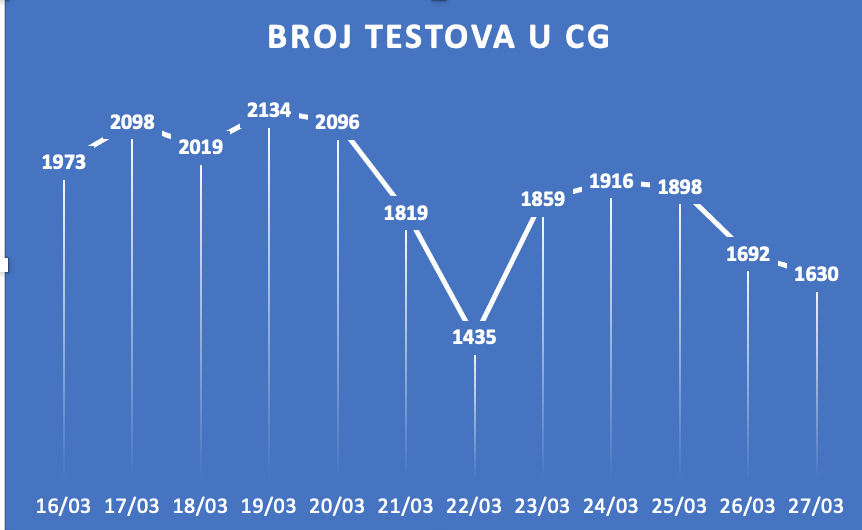
For everybody looking for a break from #coronaviruses check out our @virusfusion007 recent results on a #herpesvirus known as #HHV8 or #KSHV.
The preprint is available at @biorxivpreprint bit.ly/39mvx9I.
The main findings are discussed in the 🧵 that follows (1/n)
The preprint is available at @biorxivpreprint bit.ly/39mvx9I.
The main findings are discussed in the 🧵 that follows (1/n)

KSHV and its cousin EBV use an envelope glycoprotein complex called gH/gL to bind to #EphA2 receptor tyrosine kinase to gain access to host cells. We set to determine the structure of the KSHV gH/gL-EphA2 complex and perform functional studies to understand the mechanism (2/n)
While we were gathering the functional data Su et al. published the 3.2 A structure and provided some interesting insights few months ago.
But under our 'no scoop good enough' mantra we kept working and obtained some cool data that we can now share (3/n)
go.nature.com/3sIbQRL
But under our 'no scoop good enough' mantra we kept working and obtained some cool data that we can now share (3/n)
go.nature.com/3sIbQRL
First, we show that in addition to gL N-terminus, a single residue E52 on KSHV gH provides essential contacts for EphA2 binding, which we measured to be below 1nM. This validates several mutagenesis studies that implicated gH in binding (4/n) 

But the most interesting part came from revealing key and novel structural details (thanks to 2.7 A resolution and analyzing the structure to death) that established clear structural mimicry between gH/gL and the physiological ligands of #EphA2 called #ephrins (5/n) 

Being so intrigued by the similarity we went to determine if this translated into functional mimicry. Does binding of gH/gL to EphA2 receptor induce the same kind of changes at the membrane and cellular level as ephrin ligands do? (6/n)
So we started a collaboration with the masters of measuring protein-protein interactions in live cell membranes 😎, the Twitterless Kalina Hristova and her talented student Taylor Light @JohnsHopkins (7/n)
Like other tyrosine receptor kinases, EphA2 molecules cluster into oligomers of different sizes upon ligand binding. This is important for the downstream signalling, and especially interesting since EphA2 signalling can in some cases ⬆️ the oncogenic potential of the cell (8/n)
And KSHV is an oncogenic hepresvirus ...
Kalina and her team had developed an FSI-FRET assay with which they can follow EphA2 oligomerization state in membranes (very cool imho), so we asked - can soluble gH/gL induce clustering of EphA2 like ephrin ligands do? (9/n)
Kalina and her team had developed an FSI-FRET assay with which they can follow EphA2 oligomerization state in membranes (very cool imho), so we asked - can soluble gH/gL induce clustering of EphA2 like ephrin ligands do? (9/n)

And the answer is - yes. Soluble KSHV gH/gL induced formation of EphA2 dimers, mimicking the early steps of ephrin-induced oligomerization. Further more, the gH/gL mutant with a change in that single important gH residue - E52 - was defective. So gH indeed matters (10/n) 

Then we show that the functional mimicry between ephrin ligands and gH/gL exists at the cellular level too: both cause the cytoskeletal rearrangements that lead to cell contraction (and the gH E52R mutant is functionally deficient, as expected) (11/n) 

While we have provided the insight into what emulates the early steps of KSHV infection i.e. virus binding via gH/gL and inducing EphA2 to dimerize (or possibly further aggregate - but we don't know that yet) many interesting questions remain to be answered (12/n)
For example, some fundamental questions related to EphA2 mechanism - how are the EphA2 dimers we observe stabilized by gH/gL? How is the binding transmitted across the membrane to induce phosphorylation and signalling? How does the signalling ⬆️ endocytosis of the virus?(13/n)
Ephrin ligands can ⬆️ or ⬇️ oncogenic signalling in cells, depending on the cell type, distribution of the ligands/receptors on cells etc. So does KSHV use EphA2 to merely enter the cells, or does it take advantage to drive oncogenic transformation of the cell ... (14/n)
... later on during the latent phase of infection. Are the EphA2 dimers sufficient to stimulate endocytosis and facilitate viral entry, or larger clusters form / need to form when the virus is present (we looked only at the soluble protein) (15/n)
And finally if gH/gL simulation of EphA2 can contribute to oncogenesis, can we use EphA2 inhibitors to block the spread of KSHV?
So this will keep #KSHV and #Eph receptor enthusiasts busy for some time 😀(16/n)
So this will keep #KSHV and #Eph receptor enthusiasts busy for some time 😀(16/n)
This work was done with the support of @institutpasteur and thanks to the amazing collaboration with Kalina and people @virusfusion007 - @Guardado_Calvo, Delphine, Riccardo, Felix; Ahmed Haouz from the crystallization platform at IP and staff @PROXIMA_1 @Proxima2A (17/n)
Go check our paper and leave comments. Thanks for reading!
(the end)
(the end)
• • •
Missing some Tweet in this thread? You can try to
force a refresh




